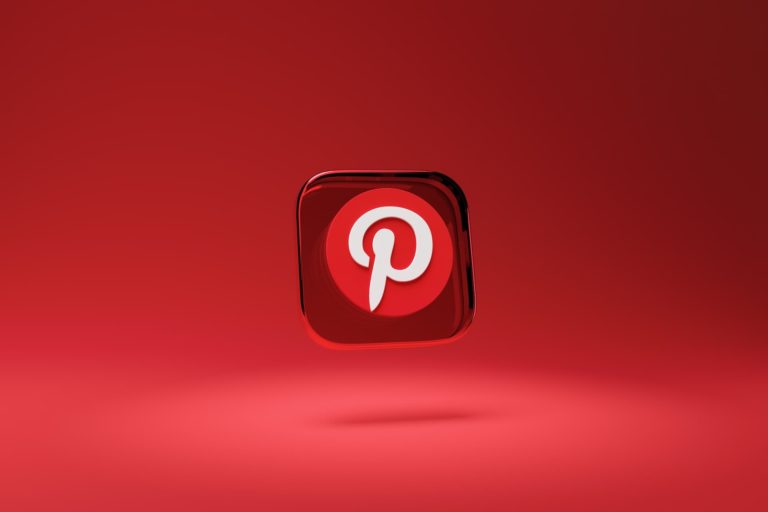
After examining Google and Snap’s visual search efforts in earlier parts of this series, how does Pinterest compare? Visual search is a subset of AR, and one that aligns particularly well with Pinterest’s positioning as a visually-oriented product discovery engine.
Indeed, one thing we’ve learned so far in this report is that visual search is based on image-oriented product discovery and inspiration. These factors have been woven into Pinterest’s core interest graph long before they were popular among social commerce players like Instagram.
Now, with that visual shopping DNA, Pinterest is blitzing AR to let shoppers contextualize products. Specifically, its Pinterest Lens tool is similar to Google Lens and Snap Scan in that shoppers can point their phones at real-world items to identify and pin them on Pinterest.
And it’s gotten a good start, already recognizing 2.5 billion products with engagement that continues to grow. To do this, Pinterest utilizes the visual product database it has developed over years of user-pinning behavior. This serves as a sort of AI training set for visual object recognition.
If this sounds familiar, it’s similar to Google Lens. Both companies tap into existing assets for underlying visual-search capability, though Pinterest is aiming for a more focused set of use cases. Whether it’s cosmetics or couches, it’s all about turning inspiration into purchase.
Surface Area
Going deeper into the principle of “refined use cases,” this approach makes Pinterest Lens more like Snap Scan than Google Lens. It applies the focused approach that we examined recently in light of Snap Scan… as opposed to Google Lens’ “all the world’s information” approach.
And like Snap Scan, Pinterest Lens’ focus traces back to the company’s strengths. This includes use cases that are aligned with Pinterest’s core ethos, including discovering fashion, food, and home décor. These overlap to some degree with Snap (e.g., “outfit inspiration”).
For Pinterest (and Snap for that matter), this strategy is by design. It knows that it can’t compete with Google’s sheer volume of image data for broadly-positioned visual search. So rather than try to beat Google at its own game, it’s leaning into the strengths it does possess.
Put another way, Pinterest’s visual database is strong where it needs to be: “pinnable” products. In that way, visual search supports Pinterest’s road map to increase ad inventory by making the physical world more shoppable. It already recognizes 2.5 billion products as noted above.
Altogether, visual search lets Pinterest increase the surface area on which pinning and shopping can happen. Beyond screen real estate, Lens expands Pinterest’s reach to the physical products that surround us. They now become high-density touchpoints for shoppable moments.
One-Two Punch
Not only does visual search fit Pinterest’s product road map in all the above ways, but it’s aligned with another key factor: user intent. Because Pinterest has conditioned a use case around image-heavy product discovery, the leap to AR and visual search is a natural one.
In fact, Pinterest has always been advantaged by user intent. By cultivating shopping and product-discovery use cases, it has set itself up to monetize in native ways. And it has slowly leaned into that over the past few years… with Pinterest Lens as the latest extension.
To support all the above and put some numbers behind it, 55 percent of Pinterest users say visual search is instrumental in developing their style. Furthermore, 49 percent use visual search to develop brand relationships, and 61 percent report that it elevates in-store shopping.
To that end, Pinterest continues to make Lens more shoppable. For example, it has integrated Lens with “Shoppable Pins” so that visual searches flow right into transactions. It has also integrated its Shop Tab – a home for transactional activity on Pinterest – in Pinterest Lens.
These moves essentially marry two Pinterest use cases. The first is the ability to visually search things you see; The second is transactional capability to buy things you search. This one-two punch is the embodiment and fulfillment of Pinterest’s mission from the very beginning.
We’ll pause there and circle back in the next installment with more analysis and examples of visual search. Meanwhile, see the full report here…

